PET – CF – with spool – Black – 500g. – Bambu Lab
Features
- Very low moisture absorption
- Exceptional mechanical properties
- High dimensional stability
- Exceptional thermal resistance
- Comes with a high temperature reusable spool
- Diameter: 1,75 mm +/- 0,03 mm
- 500g.
Warnings for use
- Nozzle 0,2 mm is not compatible
- Stainless steel nozzle not recommended
- Dry before use
- Closed type printers required
- AMS and AMS lite are NOT compatible
Bambu PET-CF
Bambu PET-CF is a blend of strong PET and carbon fibre. The carbon fibers improve stiffness and mechanical strength while helping to maintain the low strain and shrinkage levels of regular PET. Bambu PET-CF has excellent resistance to high temperatures and a soft shiny appearance. Excellent strength, heat resistance, dimensional stability and low moisture absorption make Bambu PET-CF an ideal choice for load bearing structures or prints used in high temperature and humidity environments.



Low moisture absorption
Under conditions of saturated water absorption, the strength and hardness of PET-CF have little loss, making it suitable for prints used in high humidity environments.
Normal PA-CF
Loading weight: 1 kg

Bambu PET-CF
Loading weight: 1 kg

The test patterns are 220 mm span and 3 mm thick in the unloaded condition.
High dimensional stability
Due to the creep and deformation resistance of PET-CF, the prints can achieve excellent matching accuracy.

Specimen size (L*W*H): 240*8*15 mm³
Fill density: 60%
Exceptional thermal resistance

– Specimen size (L*W*H): 95*10*4 mm³
– Test conditions: The specimens are placed in an oven at 70 °C and 150 °C for 0,5 hours.
* As a crystalline material, PLA deforms significantly only once the temperature exceeds the melting point (about 155 °C).
 Print Setup
Print Setup
Nozzle of hardened steel 0,6 mm (recommended)
Nozzle of hardened steel 0,4 mm / 0,8 mm (possible)
Enclosed printer (recommended)
Open frame printer (Possible)*
AMS is NOT compatible
*The bonding of the layers of some prints may become weak due to supercooling.
Compatibility of accessories
| Recommended: | Not recommended: |
|
| Backing: | Cool SuperTack pad, Smooth PEI pad , Textured PEI pad | / |
| Hotend: | Hotend with hardened steel 0.4mm / 0.6mm (recommended) / 0.8mm | Hotend with stainless steel nozzle – all sizes |
| Glue: | Glue stick/ EcoFixy glue | Bambu liquid glue |
Frequently Asked Questions
What is the difference between PET-CF and PETG-CF?
The main difference between PET-CF and PETG-CF lies in their base material. PETG-CF is a reinforced material produced by adding carbon fibres to glycol-modified polyethylene terephthalate (PETG), whereas PET-CF is to polyethylene terephthalate (PET). The key difference‘G‘ in PETG stands for glycol. PETG is a glycol-modified version of PET that contains small amounts of glycol as a comonomer. The addition of glycol to PETG reduces its crystallinity and makes it more transparent. However, it also reduces its strength and stiffness.
The difference in the application of PETG-CF and PET-CF?
PETG-CF is a versatile base material that is suitable for printing everyday items such as bent, folded and moving parts due to its excellent strength and ease of printing. PET-CF, in contrast, contains a higher amount of carbon fibre and is significantly stronger and more temperature resistant than PETG-CF. PET-CF is a professional grade engineering material that is suitable for use in more complex and demanding environments.
What is PET-CF used for?
Due to its dimensional stability and lower water absorption rate, PET-CF is a better choice than nylon for printing functional parts used in high humidity environments. Also, its resistance to high temperatures and low deformation make it suitable for printing mechanical assembly parts such as automotive accessories and fixtures.
Comparison of parameters
Learn more about the comparison of different threads in the Bambu Thread Guide >>
| PET-CF | PAHT-CF | |
| Composition: | PET, carbon fiber | PA 12 and other long-chain PA, carbon fibre |
| Host Compatibility: | 0.4mm / 0.6mm (recommended) / 0.8mm hardened steel hotend | |
| Compatibility of the build plate: | Cool SuperTack pad, SmoothPEI pad, Textured PEI pad | Smooth PEI pad, Textured PEI pad |
| Glue: | Glue stick / Liquid glue / EcoFixy glue | Glue Stick / EcoFixy Glue |
| AMS Compatibility: | NO | YES |
| Print speed: | < 100 mm/s | < 100 mm/s |
| Durability (impact strength – XY): | 36.0 kJ/m² | 57.5 kJ/m² |
| Strength (flexural strength – XY): | 131 MPa | 125 MPa |
| Stiffness (flexural modulus – XY): | 5320 MPa | 4230 MPa |
| Layer adhesion (impact strength – Z): | 4.5 kJ/m² | 13.3 kJ/m² |
| Heat resistant(HDT, 0.45 MPa): | 205 °C | 194 °C |
| Absorption rate of saturated water / % (25 °C,55% RH): | 0.37 | 0.88 |
| Recommended print settings | |
| Drying settings (shock drying oven): | 80 °C, 8 – 12 h |
| Printing and maintaining the humidity of the container: | < 20% RH (Sealed, with desiccant) |
| Nozzle temperature: | 260 – 290 °C |
| Bed temperature (with adhesive) : | 80 – 100 °C |
| Print speed: | < 100 mm/s |
| Physical properties | |
| Density: | 1.06 g/cm³ |
| Vicat softening temperature: | 220 °C |
| Heat deflection temperature: | 194 °C |
| Melting temperature: | 225 °C |
| Melting index: | 14.4 ± 2.0 g/10 min. |
| Mechanical properties | |
| Tensile Strength | 92 ± 7 MPa |
| Breaking Elongation Rate | 8.4 ± 1.8 % |
| Bending Modulus | 4230 ± 210 MPa |
| Bending Strength | 125 ± 7 MPa |
| Impact Strength | 57.5 ± 3.4 kJ/m² |
Printing tips
– Drying conditions: 80℃ for 8 hours. PET-CF is highly sensitive to humidity. To achieve optimum print performance, additional drying before use and after storage is recommended. For more details, please refer to:Filament Drying Instructions in WIKI.
– To prevent moisture absorption from the material, it is recommended that an airtight storage container with desiccant be used during printing. For more details, please see:WIKI Printing Tips for Engineering Materials.
What’s in the box ?




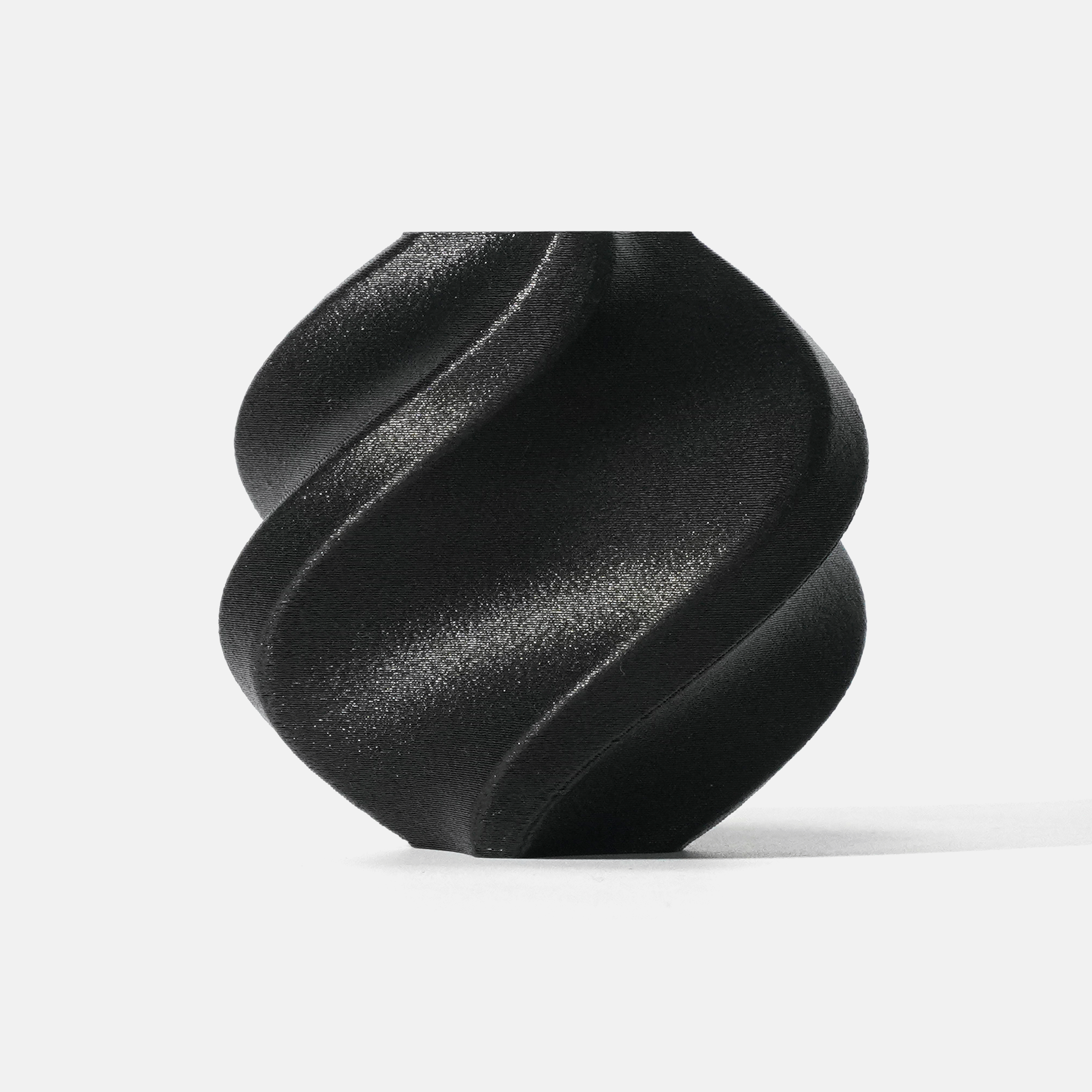
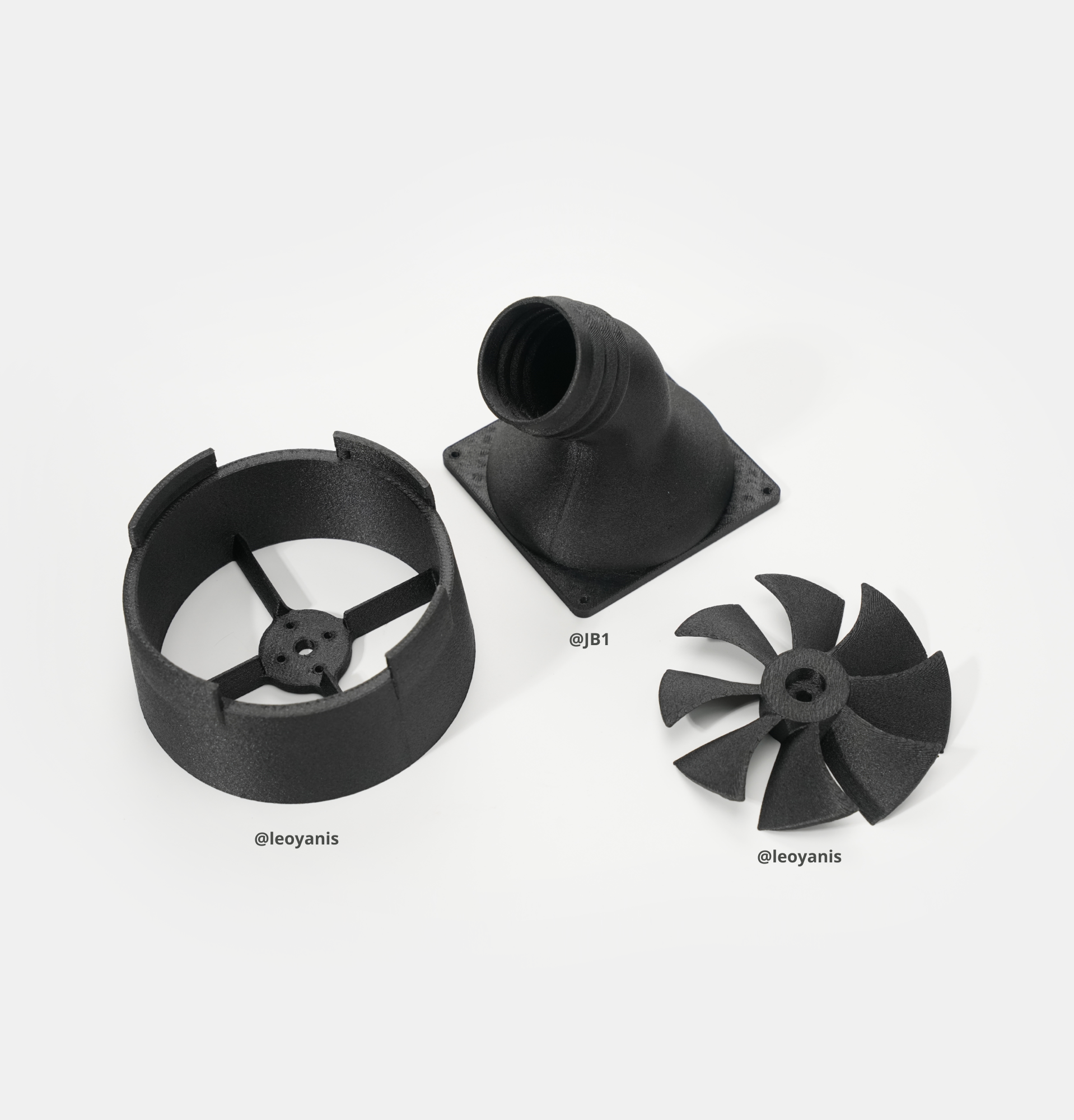
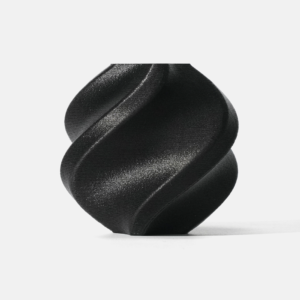

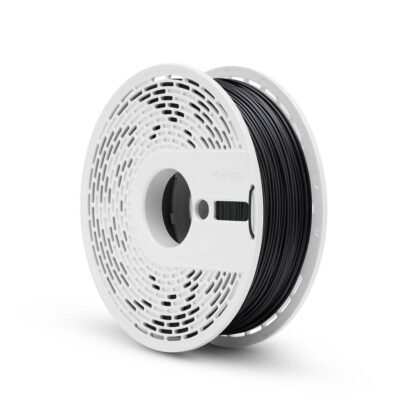
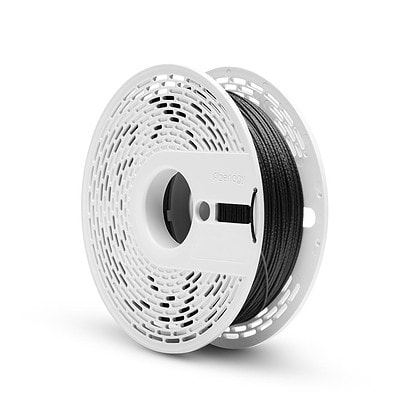






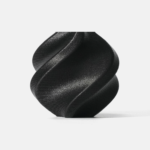

There are no reviews yet.